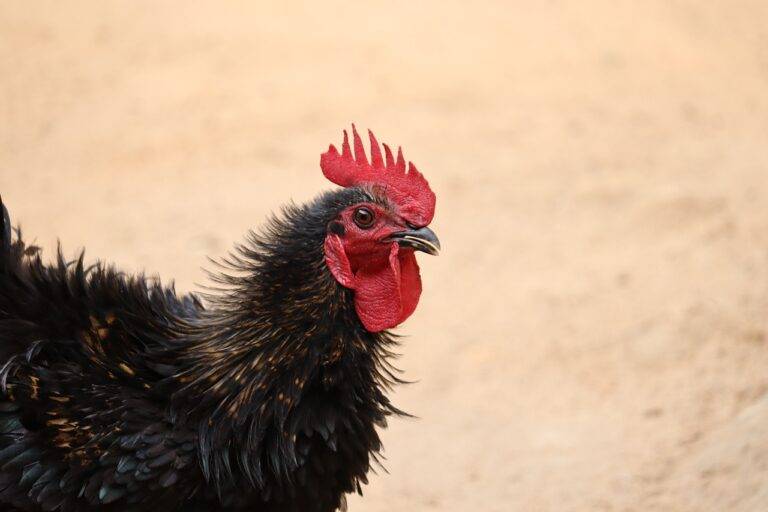The Role of Political Cartoons in City Elections
Political cartoons have a long-standing presence in city elections, dating back to the early days of political journalism. Through the use of satirical illustrations, cartoonists have been able to convey complex political messages in a visually engaging manner. These cartoons often served as a tool to critique and comment on the actions of political figures, sparking public debate and discourse.
Over the years, political cartoons have evolved to become a fundamental part of election campaigns, with candidates and parties utilizing them to promote their agendas and discredit their opponents. By leveraging the power of imagery and humor, cartoonists have been able to shape public opinion and influence voter perception. The rich history of political cartoons in city elections serves as a testament to their enduring impact on the political landscape.
The Influence of Political Cartoons on Voter Perception
Political cartoons have long been a prominent feature in city elections, serving as a tool for artists to humorously critique and comment on political figures and issues. These cartoons often use satire and exaggeration to convey a message, making them a powerful medium for shaping public opinion and influencing voter perception.
Through colorful and captivating visuals, political cartoons have the ability to simplify complex political topics into easily digestible narratives. By distilling key points into humorous and memorable images, these cartoons have the potential to sway voters’ attitudes and beliefs towards a particular candidate or party. The impact of political cartoons on voter perception should not be underestimated, as they have the power to shape public discourse and shape the outcomes of city elections.
What is the history of political cartoons in city elections?
Political cartoons have been used in city elections for centuries as a way to satirize and critique political figures and issues. They often provide a humorous or exaggerated take on current events, influencing public opinion and voter perception.
How do political cartoons influence voter perception?
Political cartoons can sway voter perception by highlighting certain flaws or qualities of a candidate or political party. They have the power to shape public opinion, reinforce stereotypes, and influence how voters perceive a particular candidate or issue.
Can political cartoons be considered a reliable source of information for voters?
While political cartoons can offer valuable insight and commentary on political events, they should be taken with a grain of salt. They are often biased and subjective, so it is important for voters to consider multiple sources of information before forming an opinion.
Are there any ethical considerations when using political cartoons in elections?
Yes, there are ethical considerations when using political cartoons in elections. It is important for cartoonists to ensure that their work is based on facts and does not spread misinformation or perpetuate harmful stereotypes. Voters should also be critical of the messages portrayed in political cartoons and consider the source before forming an opinion.





